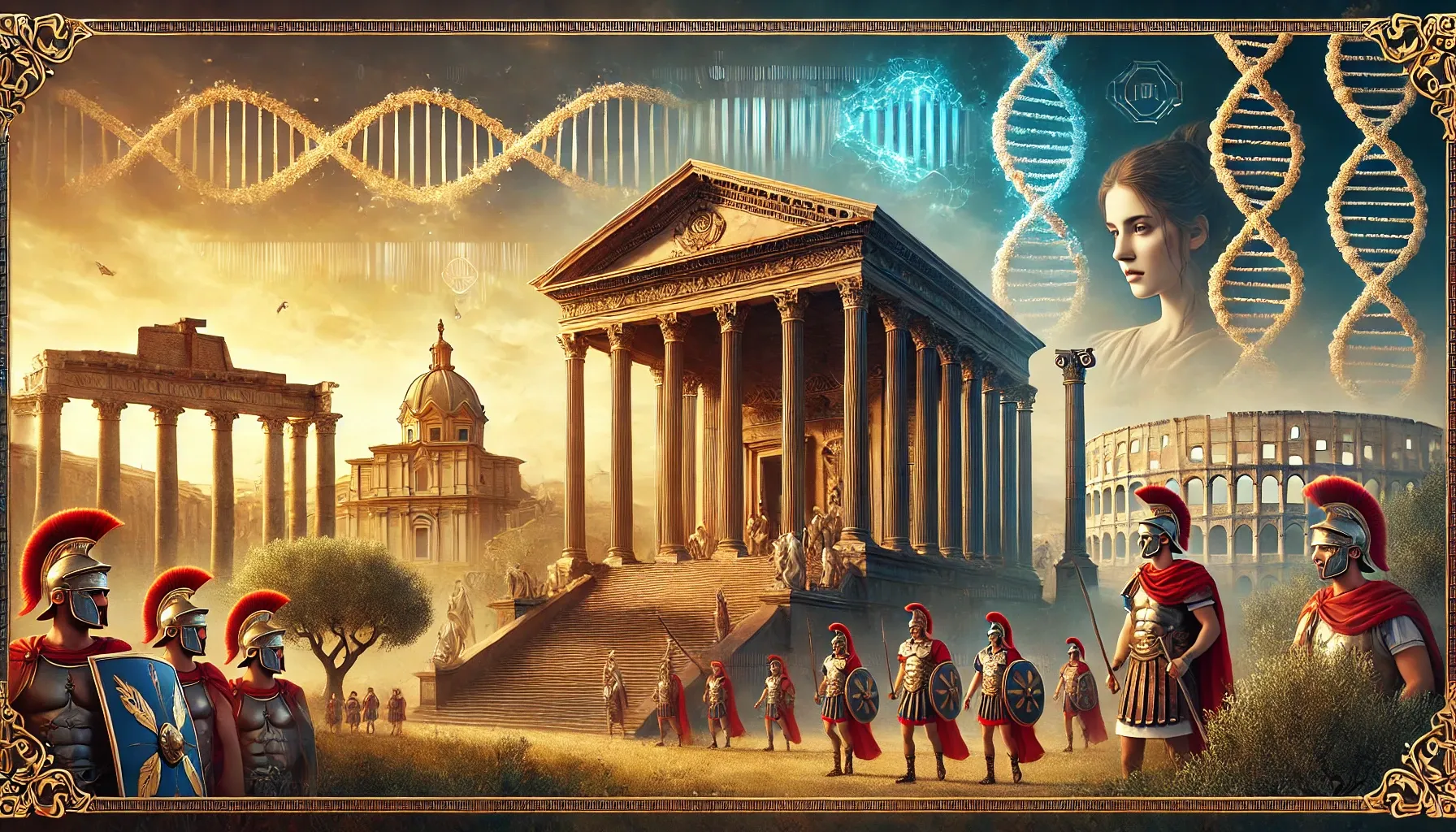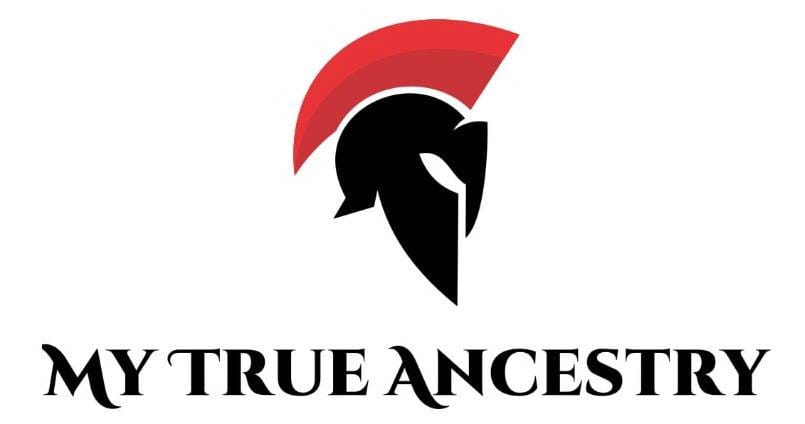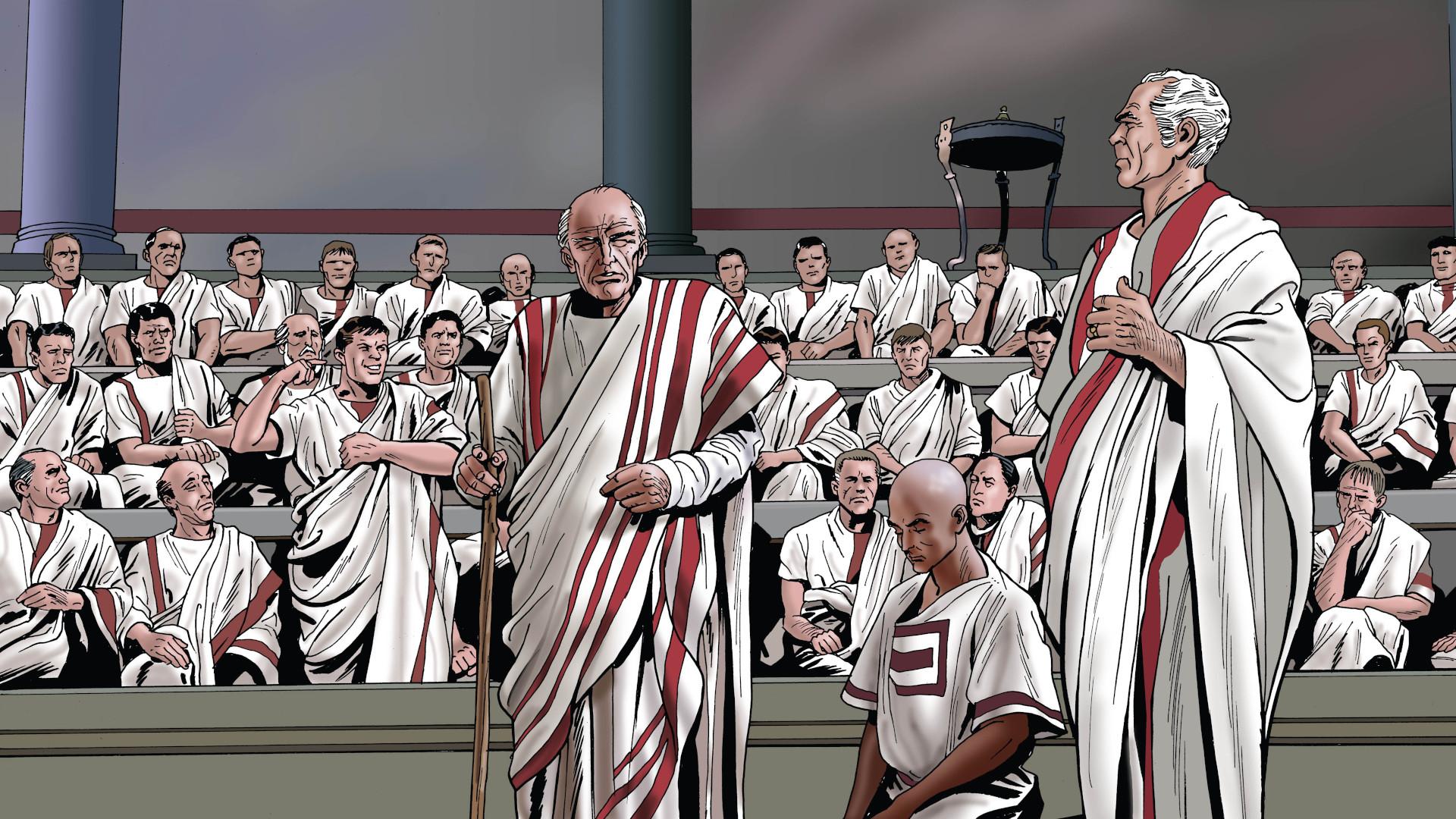Eastern Mediterranean Genetic Influence in the Late Roman Republic





Discovering the Eastern Mediterranean Genetic Influence in Central Italy
The exploration into the genetic past of Central Italy reveals a fascinating tale of ancient connections between Italy and the Eastern Mediterranean regions. Archaeologists and geneticists, armed with modern DNA sequencing technology, have unearthed captivating details about these historical ties, dating back to the Late Roman Republic. This genetic odyssey weaves together the intricate tapestry of cultural and genetic exchange that shaped the Italian peninsula through centuries of migration and adaptation.
Among the important archaeological sites in central Italy is Villa Falgari, located in Tarquinia, near Rome. Here, a nearly complete ancient skull was discovered, shedding light on the genetic composition of the period. Radiocarbon dating places the individual in the Late Republican period, a time of significant Roman expansion. This finding is especially thrilling because it predates the well-documented genetic shift of the Roman Empire period by approximately 200 years. The unassuming resting place provided crucial insights despite the absence of grave goods, making its discovery a mystery until advanced dating techniques revealed its true historical significance.
The study of DNA from the Villa Falgari individual, alongside other Roman samples, shows an unexpectedly early presence of Eastern Mediterranean ancestry, suggesting movements of people from these regions or from Southern Italy, where Greek and Phoenician influences were established centuries before. This genetic influx challenges the previously held belief that such a shift occurred mainly during the Roman Empire's peak. Shotgun sequencing uncovered a rich tapestry of ancestry far more complex than previously documented, with principal component analysis placing the Roman individual in genetic proximity with both ancient and modern Eastern Mediterranean populations.
Advanced genetic tests, including admixture analysis, suggested an influx of genetic components similar to those found in Iran Neolithic and the Caucasus Hunter-Gatherers, cultures rich in Eastern Mediterranean links. The genetic markers prevalent amongst these ancient populations display continuity across centuries and reflect a blend of Anatolian, Aegean, and Levantine ancestries. These analyses depict individuals like the Villa Falgari specimen as pioneer carriers of the Eastern Mediterranean genetic influence, their ancestry showing close affinity with ancient groups from Greece and Anatolia.
Although the Villa Falgari individual was found without grave goods, the context of the site hints at connections with Etruscan and possibly Greek customs from Magna Graecia, amplifying the cultural interchanges of the time. These cultural nuances add layers to our understanding of how such genetic influences took place, suggesting both peaceful interactions and migrations. Central Italy, with Rome as a burgeoning power, became a hub of genetic influx owing to migrations from Eastern provinces. This genetic merging likely began with Roman expansionism after the Punic Wars, stretching through Greece and Anatolia's annexation.
The archaeological interest in southern Italy reveals a history brimming with cultural exchanges and societal transformations. During the 1st millennium BCE, Greek and Phoenician settlers emerged as influential architects of this historical landscape, embedding their customs and subtly redirecting the genetic pathways of the region. Greek city-states of Magna Graecia flourished around the 8th century BCE, with vibrant ruins of Sybaris and Taranto revealing layers of societal brilliance and artistic grandiosity. Meanwhile, Phoenician traders, known for their formidable prowess at sea, settled in Sicily and parts of coastal Italy, establishing marketplaces that buzzed with commerce and cultural exchange.
Excavations at sites like Himera have revealed grave goods consistent with Phoenician influence, such as precious metal adornments and inscribed tablets. The pronounced Greek and Phoenician footprints helped shape what became Croton and Naples, heralding a cradle of western culture where East met West. These settlements forged nuanced ancestral ties that are only now being fully appreciated through DNA studies. The genetic legacy of these ancient colonies continues to intrigue researchers, with skeletal remains demonstrating a pre-existing Eastern Mediterranean genetic influence prior to Roman hegemony.
When analyzing the genetic affinity of this ancient DNA with modern populations, a connection emerges with contemporary Central and Southern European populations. This suggests that these ancient settlers and their genetic legacy have continued to shape the Italian gene pool through centuries. The graveyards of ancient Italians, like those at Pompeii and Isola Sacra, serve as time capsules containing individuals who share genetic components reminiscent of Eastern Mediterranean locales, including the Levantines and Greeks. Each artifact and bone tells a different part of these fascinating, intertwining tales of migration and adaptation.
The influences revealed through DNA analysis do not merely enumerate migrations but also reflect a dynamic dialogue between distant cities and local communities. Greco-Phoenician ancestry melds with Roman realities, portraying a narrative of cultural metamorphosis and a genetic mosaic that is both diverse and resilient. Whether through the tales of the people of Magna Graecia or the vibrant traditions of Phoenician colonies, every step of this journey enhances our understanding of Central Italy's rich, variegated history. Gene flow occurred through both Roman conquest regions and internal migrations, hinting at an interconnected ancient world far more complex than previously assumed.
The remarkable confluence of Greek maritime settlers and Phoenician traders in Southern Italy exemplifies a complex tapestry that would eventually weave into the everyday fabric of Roman life and beyond. These insights into ancient migrations and genetic shifts offer a fresh lens to view the evolution of societies and cultures, echoing the timeless dance of human movement and cultural exchange across the great heart of the Mediterranean, bringing to life the intricate story of how Eastern Mediterranean influences shaped ancient Italy long before the rise of the Roman Empire.
https://academic.oup.com/gbe/advance-article/doi/10.1093/gbe/evaf149/8213820
Comments